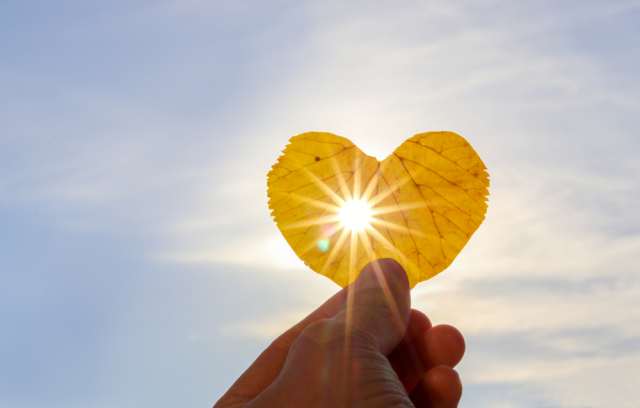High concentrations of negative ions make winter depressed people feel better.
Ionized air for depression
There are lots of people who can tell their own unique stories about how ionized indoor air has made them feel better. And the fact is that high enough concentrations of negative air ions can be used as a method of treatment for depression. Scientists still don't really know exactly how it works, but that high-density ionization can reduce depression disorders is proven in several scientific studies.
Some of the studies have looked at individuals with SAD. The results show that treatment with high concentrations of negative ions at home for 30-60 minutes for about 20 days makes the majority of depressed people feel better. When the ion treatment was completed, their condition worsened shortly afterwards, which showed that treatment had a good effect. Similar results have been demonstrated when the researchers used negative air ions to treat chronic depression.
The good impact of ionized air in depression is in the same order of magnitude as the effects achieved with antidepressant drug therapy. However, the researchers note that it takes quite high concentrations of negative air molecules, to achieve good effect.
Want to read more? Here are links to a couple of the most interesting studies. Both are placebo controlled, which is a requirement for research results to be really reliable:

The history of ionization
Albert Einstein suspected at the turn of the century that it was not ozone that made his lung-sick relative healthy, as was claimed during his stay at the sanatorium in the Swiss Alps. It prompted Einstein to start researching the light absorption of oxygen.

How ionization happens
EKOion's products mimic nature's own method of ionization.

Important with good indoor air
You know that an adult breathes about 25 kilos or 20,000 gallons of air a day? Or that we Swedes spend 90 percent of our time indoors? That's why it's so important for us to have clean and fresh indoor air, both at home and in our workplaces.